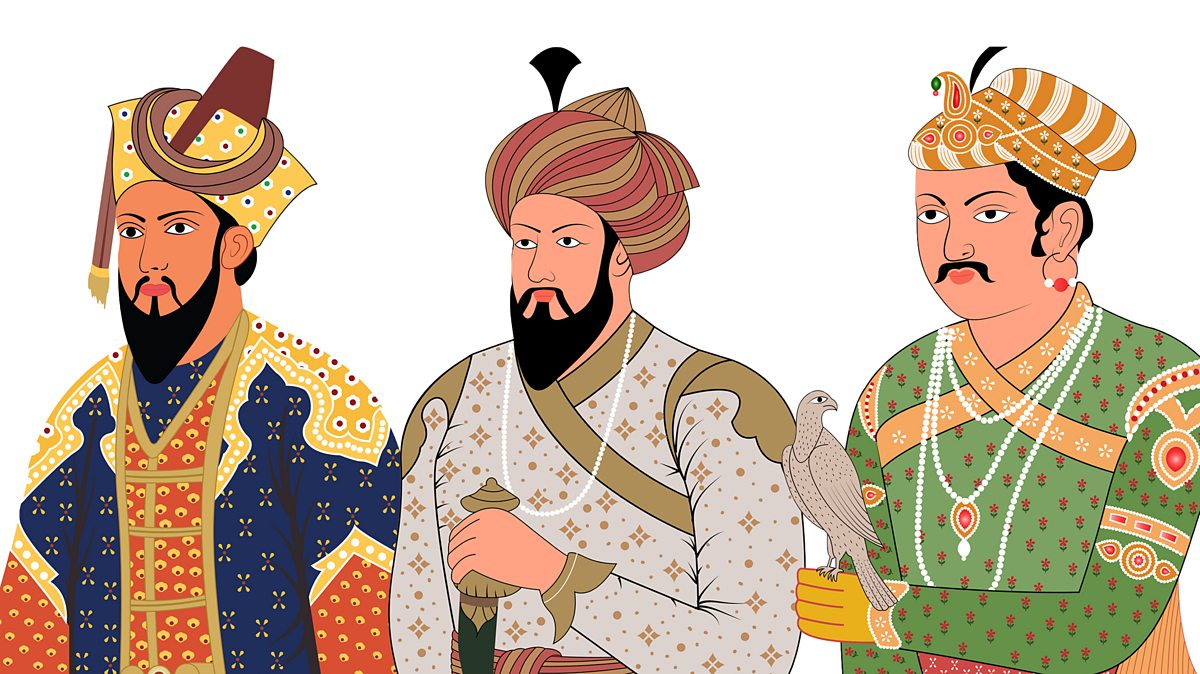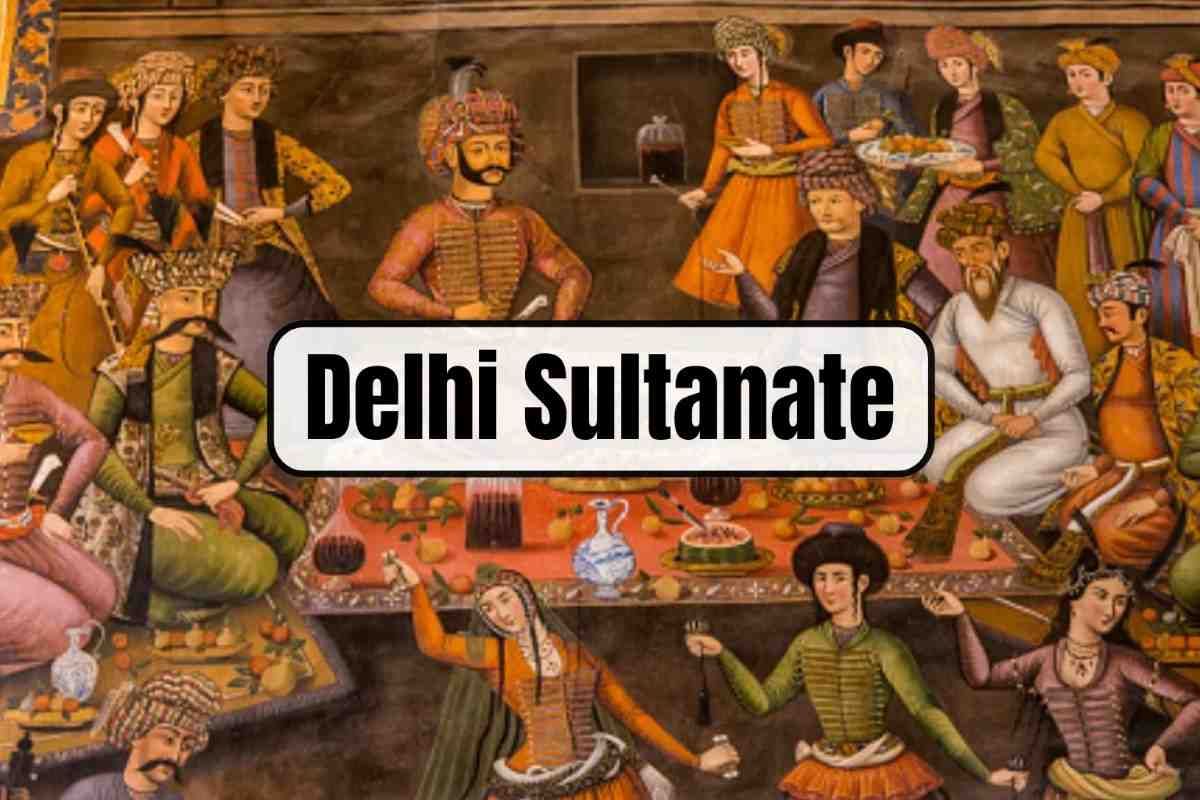Font size:
Print
Dhangar Community
Context:
In the face of forest disputes, development pressures, and decreasing pastures, Dhangars are seeking legal protection for their traditional shepherding practices.
Dhangar community
- The Dhangar community is a group of shepherds found in multiple states, including Maharashtra, Gujarat, Karnataka, and Andhra Pradesh.
- They are also known by different names such as Golla and Kuruba in various regions.
- In Maharashtra, the Dhangars are classified as Vimukta Jati and Nomadic Tribes (VJNT), but they have long sought Scheduled Tribe (ST) status.
- Dhangar leaders assert that in other parts of India, the community is recognised as “Dhangad” and benefits from ST reservations.
Livelihood and culture
- The Dhangars have historically followed specific routes for herding their animals.
- However, in recent decades, as the forest department has designated protected forests, the community’s traditional movements have been increasingly perceived as encroachment.
- The community follows the rain patterns and spends most of the year travelling.
Grazing and forests
- The community’s call for “grazing corridors” is essentially a plea for acknowledgement of their right to graze along their traditional paths.
- The Forest Rights Act of 2006 permits traditional practices like grazing, but it has primarily benefited Scheduled Tribes (STs) in accessing grazing lands.
- Nomadic tribes such as the Dhangars have not received similar benefits.
Challenges
- Historical Concerns: The community first raised their concerns in 2022 by sending 20,000 postcards to the state government, calling for the restoration of traditional grazing lands. Despite these efforts, little progress has been made, leading to the recent protest.
- Current Challenges: Around 70% of grazing areas in Buldhana district have diminished over the decades due to forest reservations under the Indian Forest Act of 1927, farmland expansion, and development.
- Impact of Conservation Efforts: The declaration of the Dnyanganga Wildlife Sanctuary in 1996, near Nandri village, led to significant losses of grazing land and conflicts between shepherds and forest department officials regarding traditional grazing areas.
- Demand for Legal Protections: The community is calling for defined grazing corridors under the Forest Rights Act of 2006, lifting of grazing prohibitions imposed under the Indian Forest Act, and withdrawal of legal cases against shepherds.
|
Economic Contribution:
Welfare Schemes:
|



